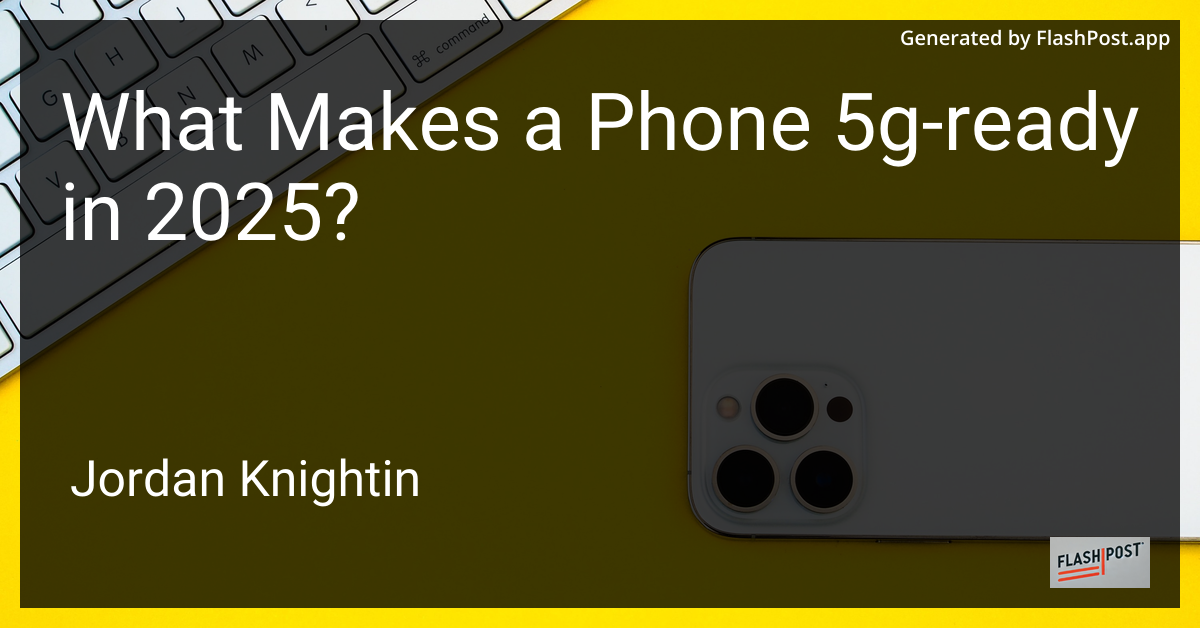

What Makes a Phone 5g-ready in 2025?
With the rapid advancements in mobile technology, being 5G-ready has become an essential feature for smartphones in 2025. 5G, the fifth generation of mobile networks, is designed to deliver lightning-fast internet speeds, ultra-reliable low-latency services, and massive network capacity. So, what exactly makes a phone 5G-ready in this new era of connectivity?
Essential Features of a 5G-Ready Phone
1. 5G Modem Integration
A fundamental feature of any 5G-ready smartphone is the integration of a 5G modem. By 2025, most smartphones are expected to come with built-in 5G modems that support various bands and frequencies. These modems allow the device to connect to both sub-6 GHz and mmWave bands, providing broader coverage and faster data rates necessary for seamless connectivity.
2. Advanced Antenna Technology
To handle the high-speed data and diverse frequencies of 5G, smartphones must incorporate sophisticated antenna systems. Multiple Input Multiple Output (MIMO) technology, along with beamforming capabilities, ensures that phones can efficiently receive and transmit data, enhancing both performance and reliability of 5G connections.
3. Power-Efficient Processors
5G capabilities demand more power and efficiency from smartphone processors. By 2025, processors should not only support massive data throughput but also manage power consumption effectively. This requires chips designed with AI and machine learning to optimize performance and reduce energy loads, thereby extending battery life even with intensive 5G use.
4. Enhanced Cooling Systems
With increased data speeds and processor loads, devices generate more heat. Therefore, 5G-ready phones in 2025 will need advanced cooling technologies to maintain performance without overheating. This could include vapor chambers or advanced thermally conductive materials to dissipate heat efficiently.
5. Support for Edge Computing
As 5G facilitates faster data transfer speeds, the demand for real-time processing and low latency has grown. Phones must be capable of handling edge computing tasks, reducing the data processing load on central servers, and thus decreasing latency. This feature is crucial for applications like augmented reality (AR) and virtual reality (VR).
6. Future-Proof Software Updates
Having hardware that supports future 5G standards is not enough. Regular software updates are essential for maintaining compatibility and security. Manufacturers must ensure that their devices remain up-to-date with the latest network protocols and consumer demands.
Conclusion
In 2025, a 5G-ready smartphone is distinguished by its advanced 5G modem integration, efficient antenna technology, powerful processors, state-of-the-art cooling systems, edge computing capabilities, and future-proof software updates. As these features become standard, they pave the way for truly transformative mobile experiences, enhancing everything from streaming and gaming to IoT and smart city applications.
For additional tech tips, check out our guide on how to connect a Bluetooth speaker to a smartphone to enhance your audio experience.
